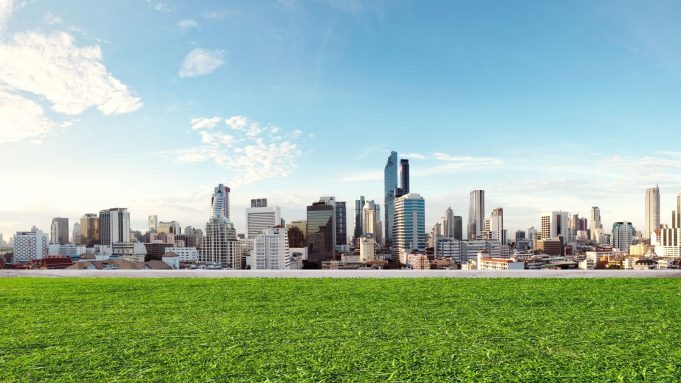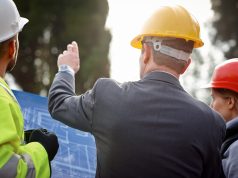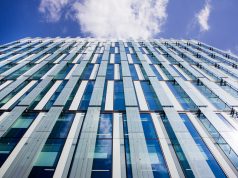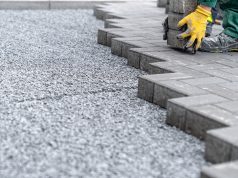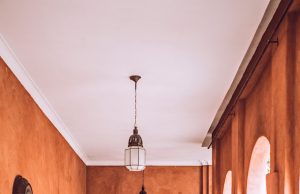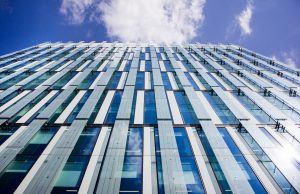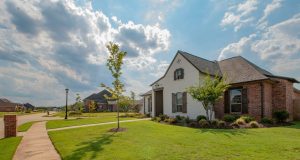How can we build more while having less of an environmental impact? How can we create more, while using less material? How can we as an industry provide the buildings mankind needs without contributing to the environmental challenge we all face? Eco-friendly buildings are one of the many ways we are rising to those challenges.
Eco-friendly buildings have gone from niche one-off projects to increasingly mainstream. A shift brought on by changing customer priorities and cutting edge building projects from around the world that show us the way.
In the article below Ibex Supplies will discuss five eco-friendly buildings often held up as examples of how to build sustainably.
1. Council House 2 – Melbourne, Australia
Built back in 2005, Council House 2 is a very sustainable building and was awarded a six star green energy rating by the Green Building Council of Australia. Not only does this building have an attractive look, it’s also very sustainable.
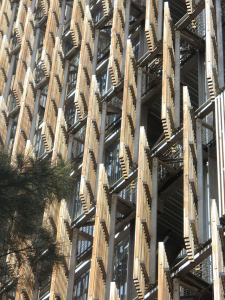
It has been designed to work as an ecosystem that includes water and energy conservation. It features energy generation, hydronic heating with pipes under the floor for extra thermal benefit, a special recirculating system for cool air and a cogeneration plant that generates heat, hot water and 40% of the building’s electricity requirement.
Alongside LED lighting, solar panels, sun screens and a double skin, the building also looks good too!
2. The Green Building – Louisville, United States
The Green Building was completed in 2008 and is a commercial Platinum LEED certified eco-friendly building. What’s more impressive is that this is a conversion and not a new build. Originally built around 1890, the building has fulfilled many roles before being converted.
The conversion included lots of eco-friendly ingredients that helped it earn that LEED certification. They include recycled wood flooring with original wood reused wherever possible, some original brick and mortar was also retained, cinder block base construction using recycled materials, recycled denim insulation, solar panel system, geothermal wells for heating, living roof and a novel ice chest system for cooling.
The Green Building was way ahead of its time both globally and nationally. It is still used as an example of sustainable building many years later.
3. Pearl River Tower – Guangzhou, China
Pearl River Tower was completed in 2011 and was designed from the ground up to be eco-friendly. It stands over 1,000 ft tall and is home to the CNTC Guangdong Tobacco Company.
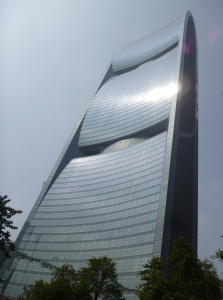
The building includes four wind turbines built into the structure to help generate energy, it has solar panels on the side facing the sun to help generate more energy, a double skin façade to help control light and interior temperature, under floor ventilation, ceiling chillers and a smart air diffuser system instead of air conditioning.
Pearl River Tower is regarded as the largest radiant-cooled office building in the world and the most energy efficient super-tall building in the world.
4. Bullitt Center – Seattle, United States
The Bullitt Center was completed in 2013 and was certified as a Living Building by the International Living Future Institute in April 2015. It’s an office building in Capitol Hill in the city and was built by the non-profit Bullitt Foundation.
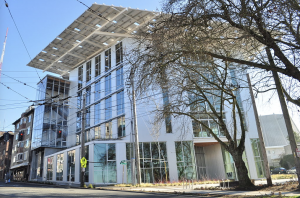
The eco-friendly building features solar panels to generate 30% more energy than the building needs and efficient systems that require around 15% of the energy of a comparable commercial building. It also has a rainwater to potable water system to provide its own water, composting toilets and an insistence on low-toxicity materials used during construction.
The Bullitt Center also has geothermal wells to help heating and cooling and no car parking spaces to encourage sustainable commuting.
5. Cube – Berlin, Germany
Cube is a new office building located on Berlin’s Washington Platz and is regarded as one of Europe’s smartest buildings. It’s a glass cube with a striking broken cube design that reflects the surrounding environment and the sky.
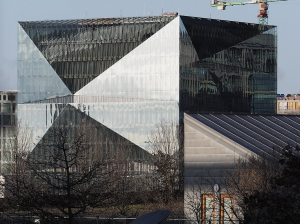
The double skin façade uses glass with solar control coating to help maintain temperature and provide light. The same coating reflects the worst heat, keeping a moderate internal temperature.
Cube also features a natural air ventilation system, heat reclamation system, rooftop terrace, courtyards and smart technology to control energy, heat and security.
Those are just five of the many eco-friendly buildings providing great examples in sustainable design and construction. Each is very different in its approach and execution but all deliver the same sustainable result with no compromise on comfort or technology!

